This charming Parian sculpture evokes the tender love of a mother for her firstborn. It was modeled by Albert Carrier-Belleuse for the Minton factory c.1854. Parian ware or statuary porcelain was made to imitate the fine textured marble from the Greek island of Paros and was in great demand during the Victorian era.
Small size reproductions of existing sculptures could be made with the aid of Benjamin Cheverton’s reducing machine which he demonstrated at the Great Exhibition of 1851. Figures and busts of classical, literary and political figures were much more affordable in Parian ware than in stone or bronze. Distinguished sculptors of the period were commissioned to produce designs for Parian ware, initially by the Art Union of London, a subscription service for fine art reproductions. The Art Unions helped promote Parian sculptures to a wider public.
In 1850, Albert Carrier-Belleuse was one of several French artists who emigrated to Stoke-on-Trent to work with the Minton factory. He began his training as a goldsmith’s apprentice but became a versatile sculptor in many media. His over-life-size terracotta sculpture of Galatea, the water nymph, was one of the highlights of the Minton display at the Great Exhibition of 1851. Carrier-Belleuse modeled 40 figures for Minton’s Parian ware, mainly sensual allegorical maidens and chubby putti, which often supported vases, candlesticks, and fancy containers. His Laborers group, featuring two industrious children in classical dress, was made in several different versions. Some of his ornamental designs were also made in brightly colored Majolica ware.
Carrier-Belleuse returned to Europe after just five years. In 1862 Carrier-Belleuse was one of the founding members of the Société Nationale des Beaux-Arts, and was made an officer of the Légion d'honneur. In 1871, he was working in Brussels with Auguste Rodin as his assistant and he was appointed Director of Works of Art at the Sèvres factory in 1876. His work continued to be popular in the Minton catalogs long after he left the factory. His figure of Spring inspired a modern-day tinted Parian style reproduction by Alan Maslankowski which is in the WMODA collection.
Read more about Carrier-Belleuse’s work and Parian ware in the The Parian Phenomenon published by Richard Dennis in 1989.
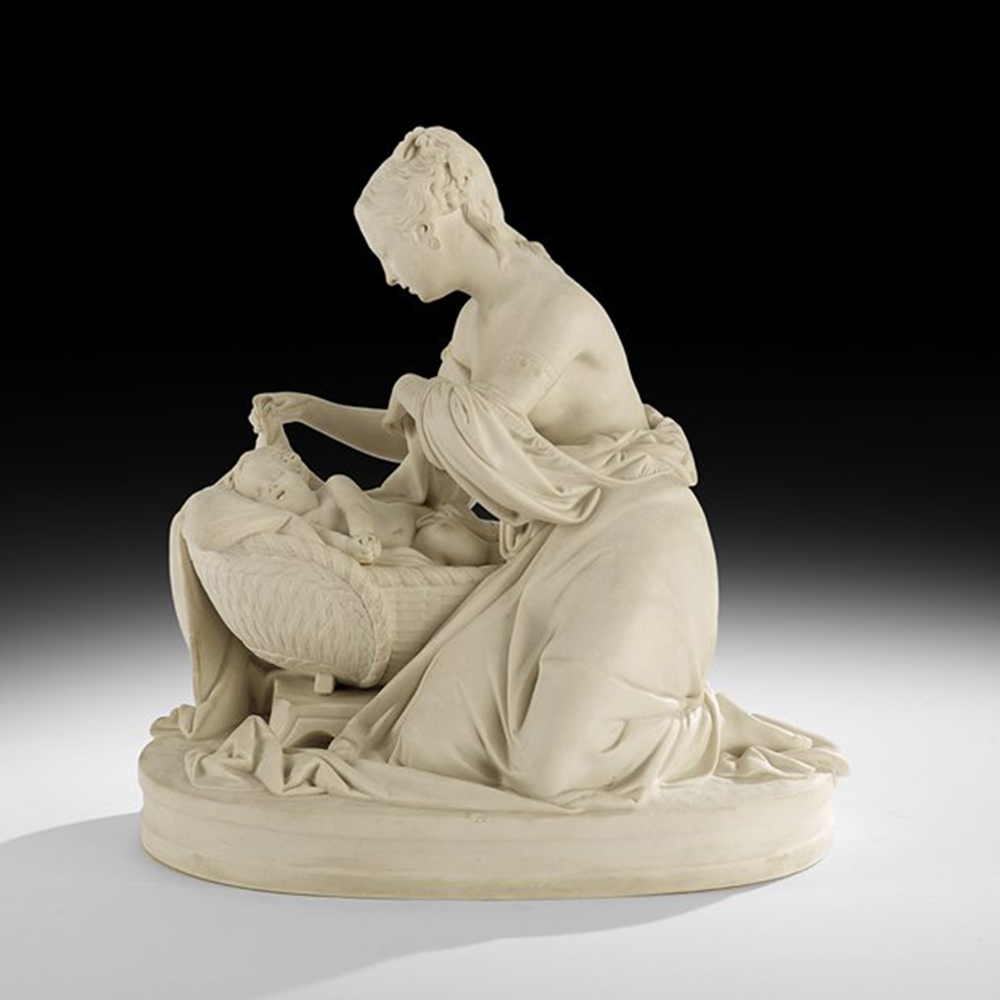
Minton Mother & First Born
by A. Carrier-Belleuse
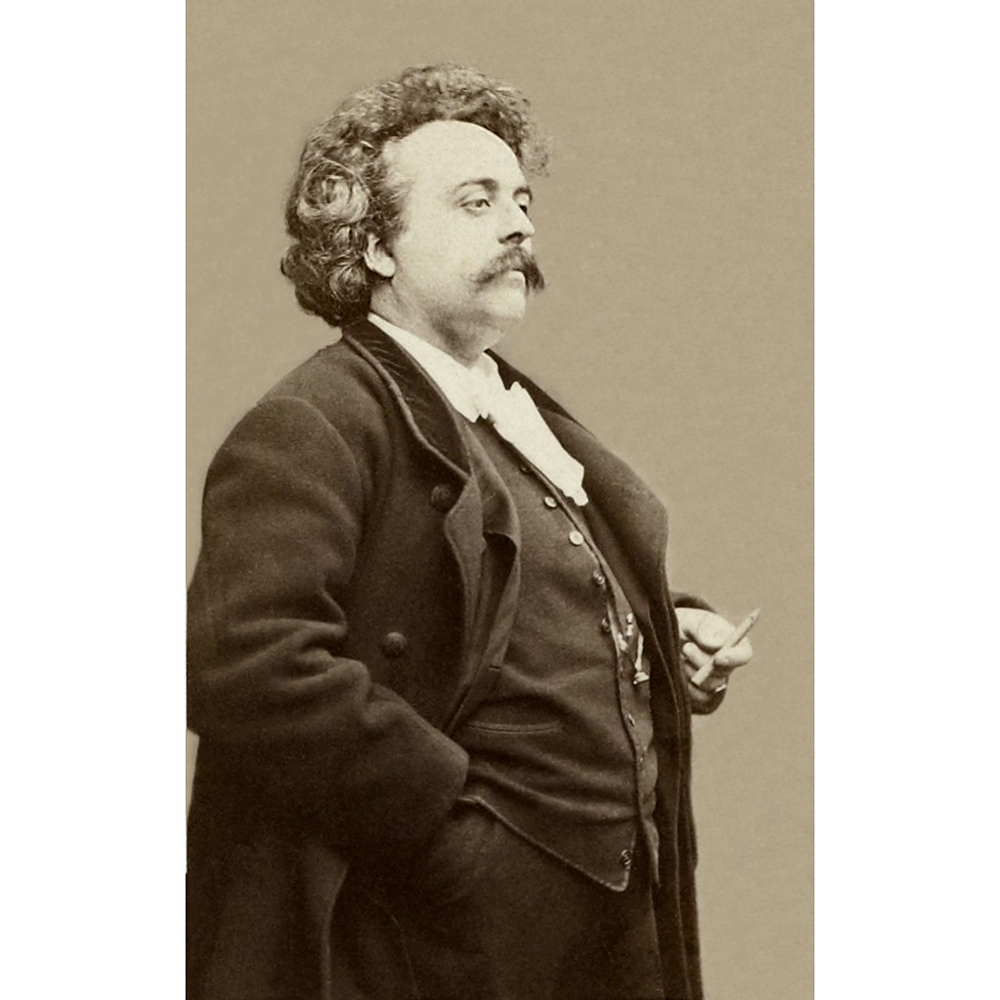
Albert Ernest Carrier-Belleuse
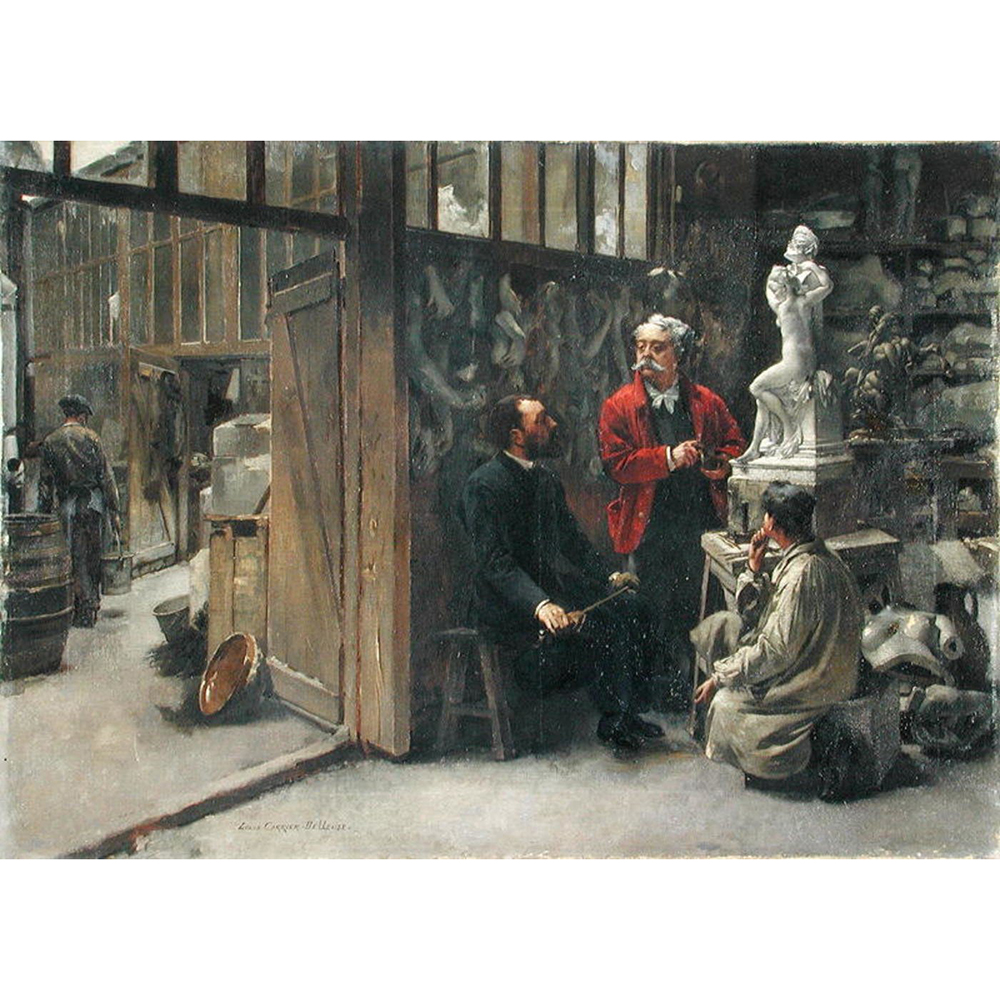
The Sculptor's Studio by L. Carrier-Bellesue
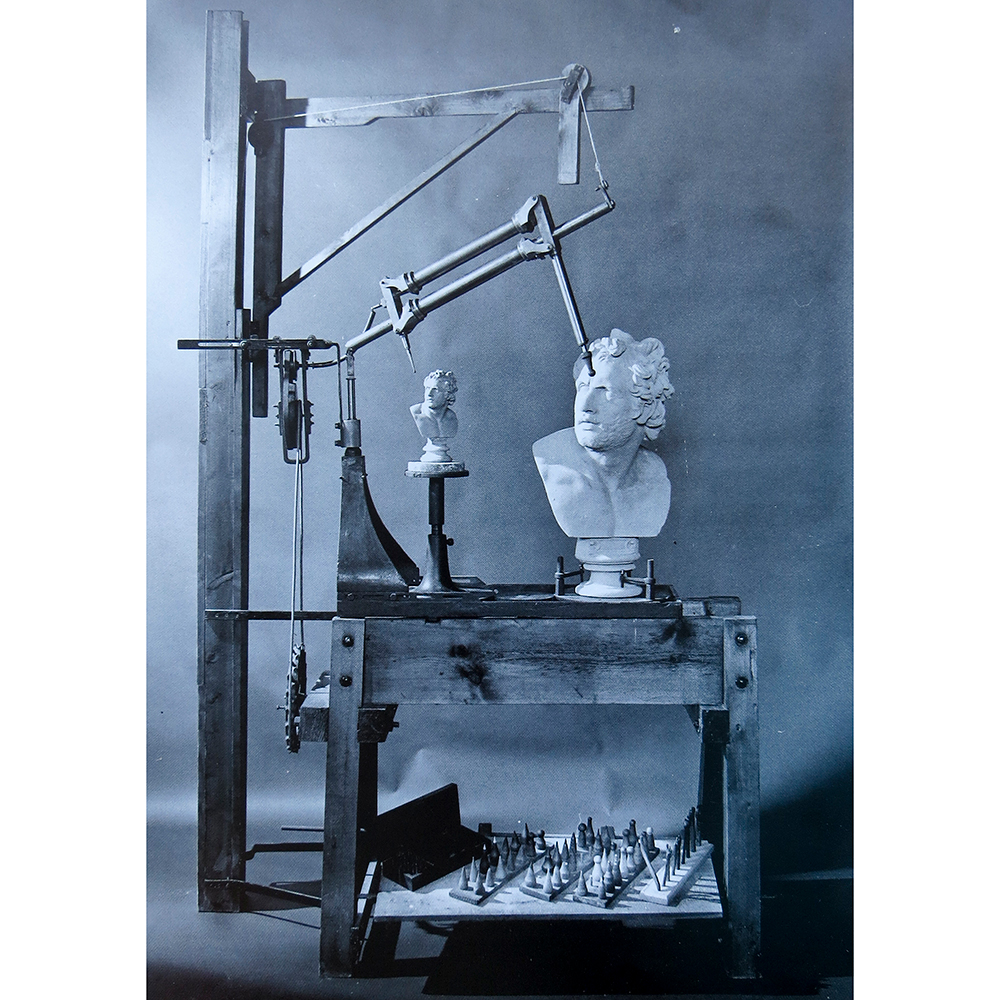
Cheverton Reducing Machine

Hebe After Parian Spring by A. Carrier-Belleuse

Meissen Spring and Autumn
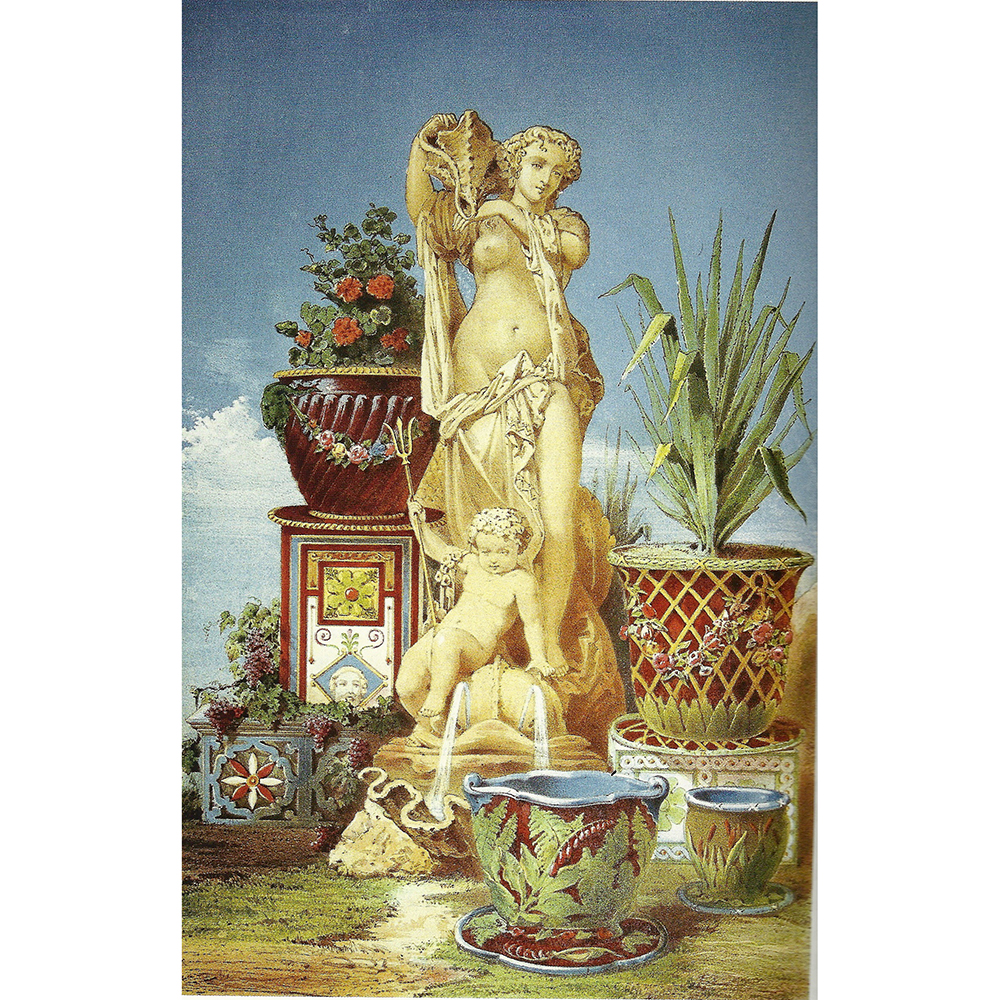
Minton Galatea

Parian Phenomenon
